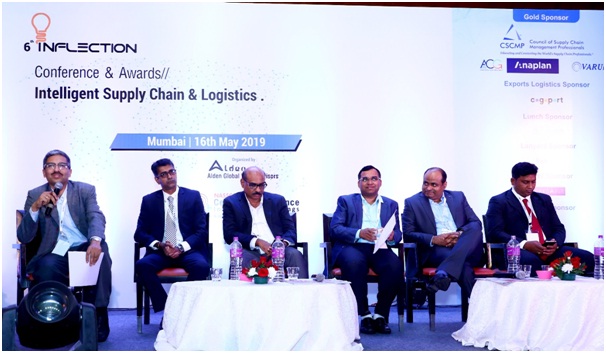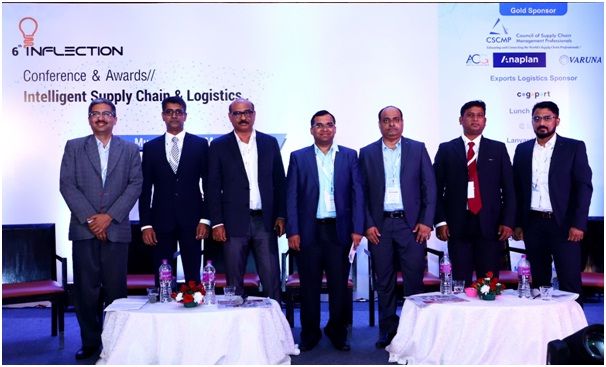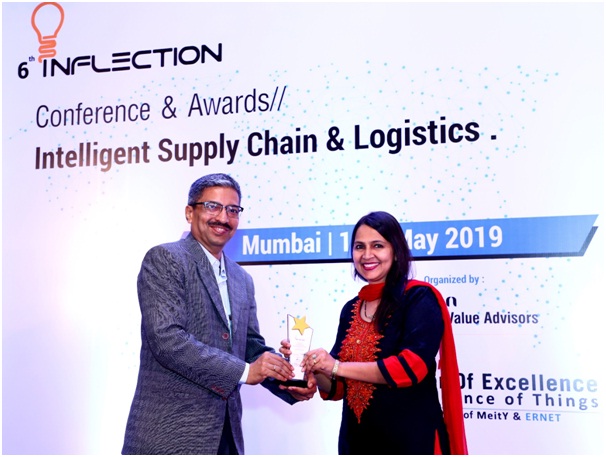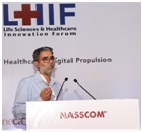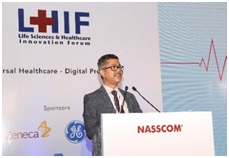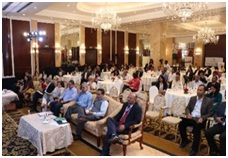India is a goldmine for innovation in healthcare. A billion-strong population, scattered across 29 states, each with its own unique living conditions is bound to create a cornucopia of healthcare challenges. As the country has progressed, so has the landscape of disease. India is a hotbed for non-communicable diseases (NCDs) such as diabetes, cancer and heart ailments. Unlike invasive surgical procedures, treatment of NCDs are time-consuming and expensive.
One of the most common ailments seen today is breast cancer. One in every 28 women are likely to develop breast cancer during their lifetime. India, unfortunately, has among the top incidence rates for this disease and had the highest mortality rate for breast cancer globally in 2017. Ask any oncologist and they will tell you that early detection can go a really long way in mitigating fatality. Moreover, the cost of later detection is almost twice as high compared to early detection.
However, early stage scanning in India conventionally involves mammograms, which exposes a woman to needless amounts of radiation and X-Rays. Additionally, mammograms are generally done on women over the age of 45 and show anomalies in the breast tissue as prominent white spots on an X-Ray.
What about women below the age of 45? And what about benign tumours?
This was a critical inflection point for Geetha Manjunath and Nidhi Mathur, founders of NIRAMAI, one of India’s first AI-powered, non-invasive breast cancer screening devices. NIRAMAI is an acronym for Non Invasive Risk Assessment with Machine Learning & Artificial Intelligence – and uses only a thermal imaging device to measure temperature distribution on the chest. Data is then analysed by a cloud-based analytics platform that assesses if the breast has malignant tumours.
Unlike other screening devices, NIRAMAI is powered by Artificial Intelligence and is a definitive example of digital propulsion to address healthcare challenges in India
Technology at the core of Niramai
At the very heart of NIRAMAI’s solution is an AI-enabled, computer-aided diagnostic engine called Thermalytix, which uses a high resolution thermal sensing device and a cloud-hosted analytics solution to survey images. A combination of big data analytics, AI and ML are used to detect breast cancer at an early stage.
NIRAMAI’s cancer screening tool SMILE has been tested on more than 4,000 women in 12 hospitals, diagnostic centres and screening camps
The results from NIRAMAI’s proprietary platforms indicate:
- 90% sensitivity in all trials
- 27% higher accuracy than mammograms
- 70% higher positive predictive value than visual interpretation of thermography
- Accurate detection of cancer lesions as small as 4 mm
With the use of technology, NIRAMAI has revolutionized breast cancer detection in India by making it accurate, accessible, non-invasive and completely technology-enabled.
At the core of India’s diverse healthcare spectrum lies a common challenge – uniting the level of care, diagnosis and treatment that can drastically improve the quality of life. Technology is the answer to this challenge, and companies like NIRAMAI are proving this adage to be true.
At the upcoming Lifesciences & Healthcare Innovation Forum (LHIF), scheduled to be held in New Delhi on April 30, 2019, experts from India’s medical and healthcare community, startups, innovators, government and academia will convene to discuss the Digital Propulsion of Universal Healthcare.
To register, visit http://www.coe-iot.com/lhif5/

